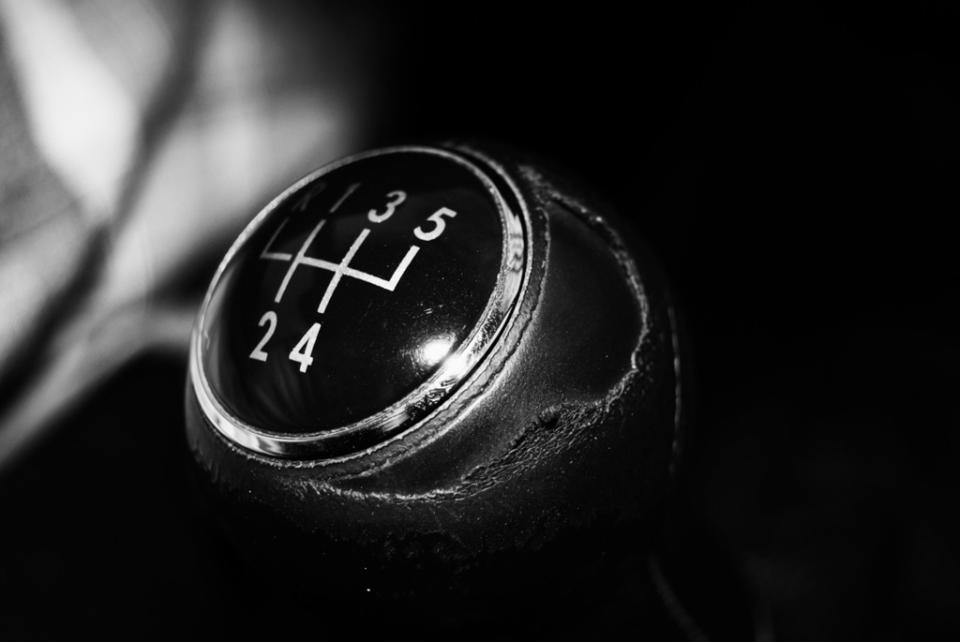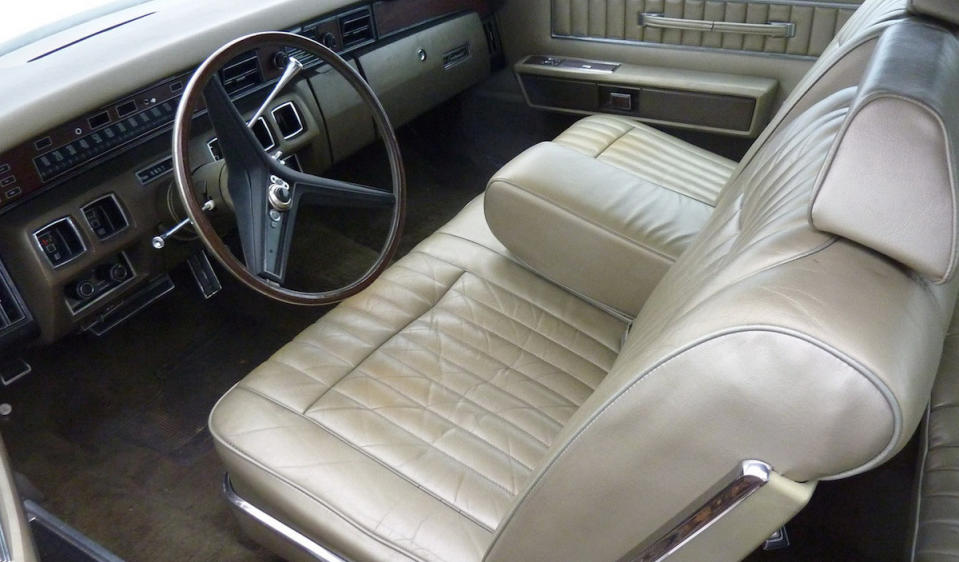Why Does A Manual Transmission Use An H Pattern? Question Of The Day

The compact, organized pattern for drivers wasn’t always so easily recognized, but it has helped cars become safer and more efficient.
Question: Why is the gearshift lever in a manual transmission car mounted in an “H” pattern, rather than in a straight line?
Answer: The manual gearbox lever — as it lives today in most automobiles — has evolved over decades into the H-pattern. It’s not going away any time soon.
Decades ago, gear shift levers for manual transmissions were mounted on the steering column — known as “three-on-a-tree” in the automotive vernacular. By the mid-1970s most shifting mechanisms had migrated between the front bucket seats or beneath the front console, an ostensibly sportier placement.
Three-speed manuals were gradually replaced by more gears as technology offered more options for shifting. Most of today’s manual transmissions employ up to six forward speeds, plus a reverse gear. To ensure that drivers don’t mistakenly shift into reverse when going forward, most mechanisms require the driver to push hard to a left or right detent, then up or down. Some manuals require the driver to push down on the shifter as well to engage reverse.
So why the “H” design rather than a linear, sequential shift pattern?
Mainly, it’s so the driver doesn’t screw up at high speed. The H pattern doesn’t prevent stupid actions like shifting from fifth gear to first and, by drastically increasing the engine’s revolutions, blow it up. But it does force the driver to manually change directions, horizontally or vertically, to accomplish a shift, rather than just ramming the gear shifter backwards or forward in a straight line.
“If the hand shifter is in a sequential way, the distance of the gear shifter is very long,” said Fred Jakobs, a historian who is part of the BMW Group Archives team in Munich, Germany. “You can see it on early cars with the gear shifter (and the brake shifter) outside.” Such an arrangement allowed for “the possibility to make mistakes and ‘shift through’ from first to fourth gear, for example.”

Photo by 1970 Lincoln Continental / Flickr
Additionally, the H-pattern shifter needs less room than a straight line shift pattern, Jakobs said, and the gearbox itself can be made more compact.
Car manufacturers like to talk about the distances that the shift lever has to travel between gears, called the “throw.” In the Mazda Miata, for example, the throws are short and succinct; in some mechanisms, the throws can be longer, or feel a bit looser. A short throw supposedly encourages a more spirited drive.
There are opportunities for sequential gearboxes, usually in motorcycles, in some “Tiptronic” automatic transmissions, and in high-performance race cars. In Formula 1 racing, for instance, the gear changes ordered by the driver are controlled by a computer that directs the sequential gearbox.
We’re scouring the Internet to uncover interesting questions that people have posted looking for advice from the unwashed masses. We will contact experts to give you well-researched, professional advice. You can also submit questions to autos_qotd@yahoo.com.

 Yahoo Autos
Yahoo Autos 